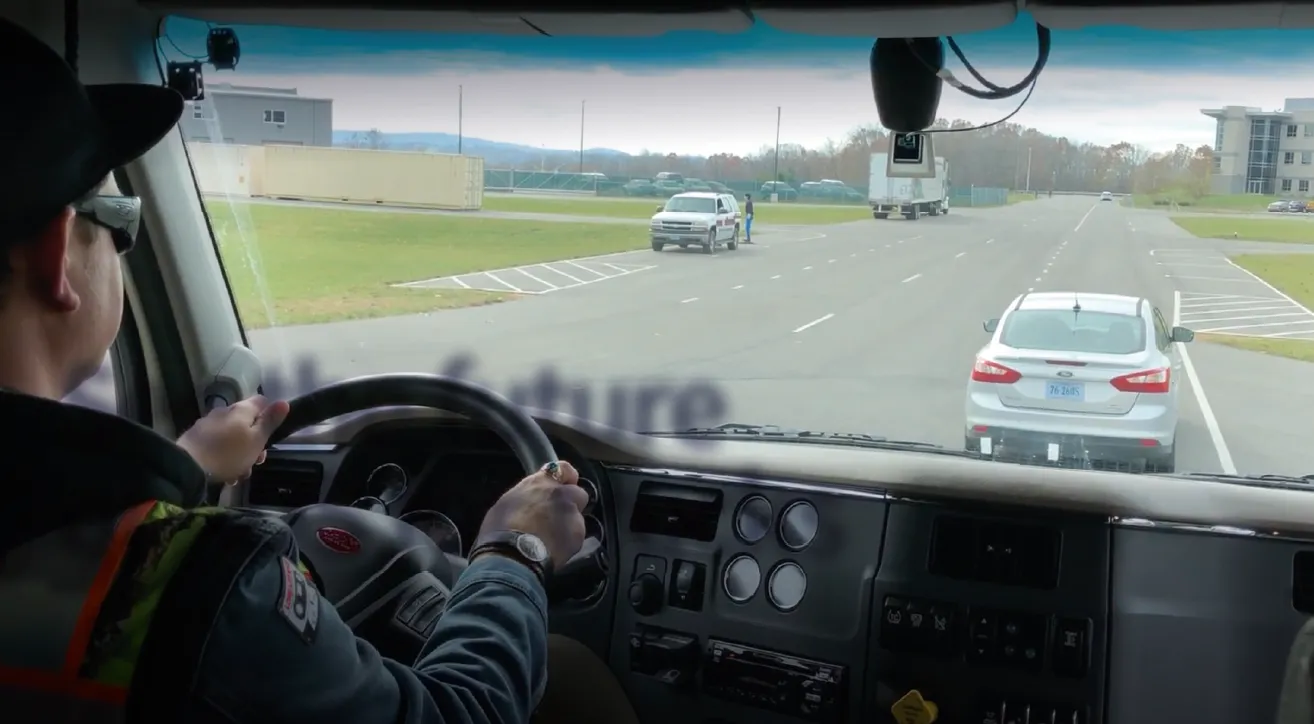The Departed Driver Rescue and Exit Manoeuvre (DDREM) technology being developed by Hyundai Mobis detects critical situations where the driver is unable to control the vehicle due to falling asleep, suffering a heart attack or other health condition. It then mitigates the risk of a crash by taking control of the vehicle and guiding it to safety. DDREM technology is designed to run in the background of a vehicle, in the same way as stability control, airbags and seatbelts, and if it detects a critical
March 13, 2018
Read time: 1 min

The Departed Driver Rescue and Exit Manoeuvre (DDREM) technology being developed by 1684 Hyundai Mobis detects critical situations where the driver is unable to control the vehicle due to falling asleep, suffering a heart attack or other health condition. It then mitigates the risk of a crash by taking control of the vehicle and guiding it to safety. DDREM technology is designed to run in the background of a vehicle, in the same way as stability control, airbags and seatbelts, and if it detects a critical situation it will use level 4 autonomous technology to bring the vehicle to a position of safety.








